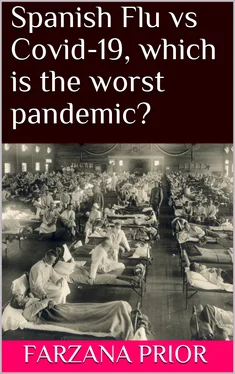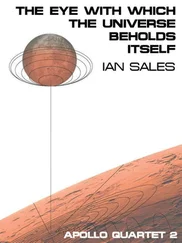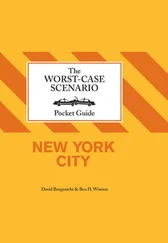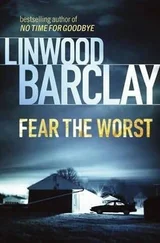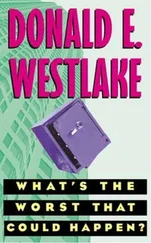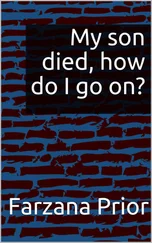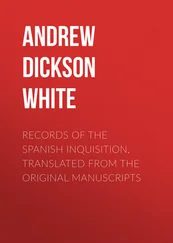Cover: Emergency hospital during influenza epidemic, Camp Funston, Kansas.
Attribution: Otis Historical Archives, National Museum of Health and Medicine / Public domain
Visit the Save the Planet Facebook page at https://www.facebook.com/arewetoolatetosavehumanity/
Spanish Flu vs Covid-19,
which is the worst pandemic?
BY, Farzana Prior
© 2020 Farzana Prior
All rights reserved.
Author: Farzana Prior
https://www.farzanaprior.com
ISBN: 978-3-98522-715-0
This book is dedicated to all who died because of pandemics.
Other books written by Farzana Prior:
My son died, how do I go on?
The blood bath has begun, are we too late to save humanity?
Visit
https://www.farzanaprior.comfor more info and latest updates.
At the time of writing this book we are all being affected, in some way or another, by the Covid-19 global health crisis. Just over a hundred years ago there was another global health crisis, in the form of the Spanish Flu. There is a lot we can learn from that crisis to help us in dealing effectively with this crisis, and with future crises.
The Spanish Flu arose towards the end of World War 1, adding to the confusion and fear of the time. The fact that the Allied Forces won World War 1, in spite of the Spanish Flu, also pushed Germany into political uncertainty, and catapulted the globe to a devastating future Second World War (World War 2). Pandemics don’t only create economic unrest, but also political and social unrest.
The Spanish Flu infected millions and killed hundreds of thousands. As devastating as Covid-19 is, the Spanish Flu pandemic remains the worst in modern history. Between 1918 and 1919 there were three wavesof Spanish Flu that swept across the globe, with World War 1 being instrumental in helping to spread the virus. While World War 1 resulted in twenty million people dying, the Spanish Flu was responsible for the deaths of fifty million people.
In 1918, the scientific world didn’t even know that the Spanish Flu was a virus. They understood that it was spread person-to-person and through respiratory droplets, but they didn’t have powerful enough microscopes to detect viruses. Viruses were only discovered in the 1930’s.
The Spanish Flu was more infectious than Covid-19 because the symptoms appeared quickly, and the virus was more deadly. In addition, while Covid-19 targeted the elderly and sick, the Spanish Flu targeted the young and healthy.
In both cases, since there was no treatment available, the most effective control was immediate ‘crowd control’ as it was called then, and ‘social distancing’ as it is called today. This act of limiting contact between people worked in 1918, and it works today, and will work for future pandemics.
As it is with all pandemics there is tension between the biological reality of the pandemic, and the social and economic realities of the people caught in the pandemic. Biology is not changeable, but the behaviour of people is. This tension explains the absence of an early and forceful comprehensive response in 1918. Instead political leaders played down the risk to stall for time because World War 1 (1914-1918) was in a critical period and there was pressure to end and win the war.
The advice from Woodrow Wilson (president of USA, 1913-1921) was not to be concerned about this disease as it was a Spanish Flu, meaning that it was a foreign disease that infected others. It wasn’t until the Fall of 1919, when a more virulent strain of the Spanish Flu emerged that Washington DC began to take the Spanish Flu more seriously.
In the absence of a comprehensive federal response, cities and states, in the US made their own decisions, and many chose the economy over public health, with deadly results. This disjointed federal response took place during the Spanish Flu as well as the Covid-19 pandemic, under the Trump administration.
During the Spanish Flu, Seattle and San Francisco ordered people to wear masks in public, whereas many other cities did not. New York City never closed schools, citing that they were cleaner than homes. Chicago police officers were ordered to arrest anyone coughing, sneezing, or spitting in public.
Studies found that cities that acted quickly and forcefully, like St Louis, which imposed complete lockdown within two days of its first Spanish Flu case, had much lower peak death rates, than cities like New Orleans, Boston, and Philadelphia.
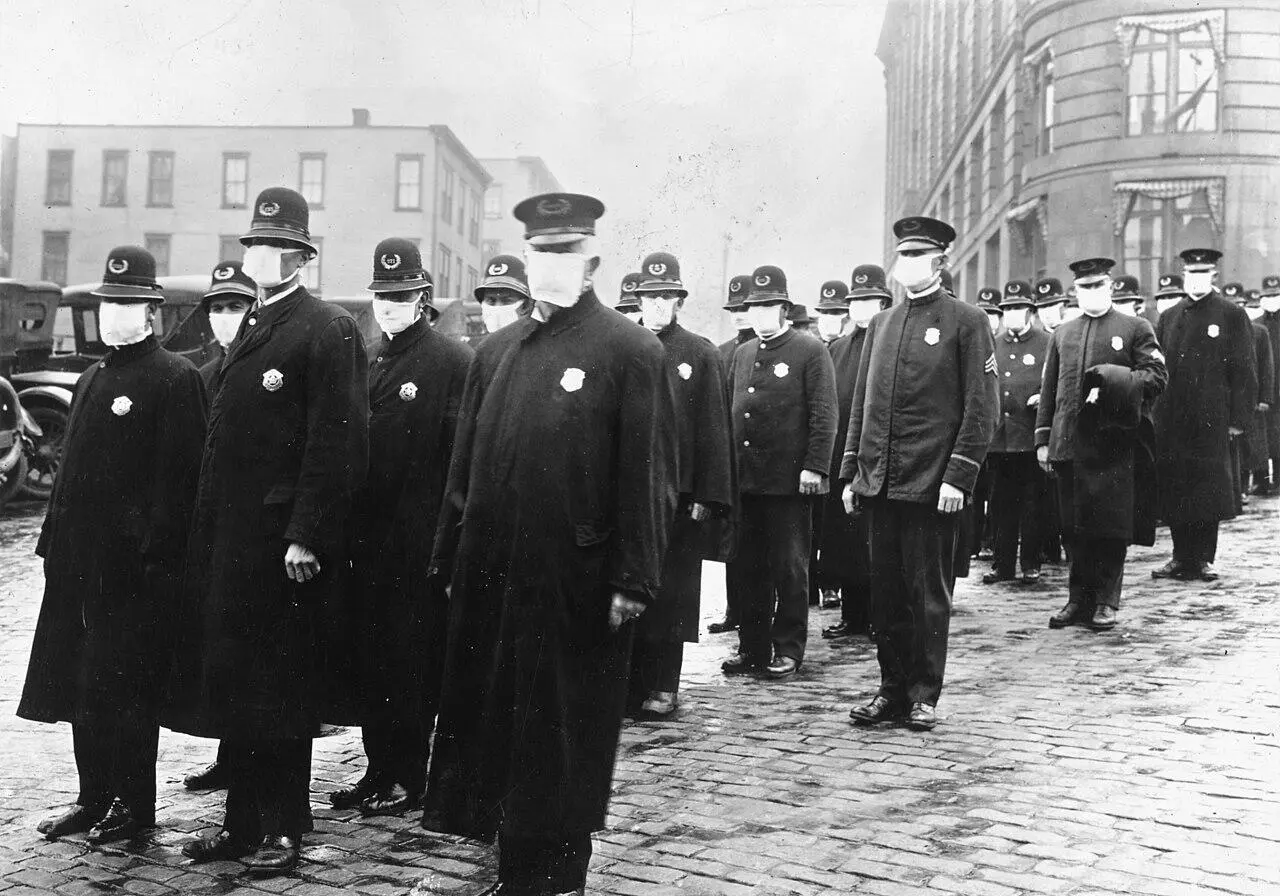
Police officers in Seattle during the Spanish flu epidemic
Attribution: National Archives at College Park - Still Pictures (RDSS)
While some have learnt from the Spanish Flu experience, others have repeated the same mistakes when responding to Covid-19. During Covid-19, countries like United States, Brazil and the United Kingdom had some of the highest confirmed Covid-19 deaths. In the United States the seven US states of Arizona, Arkansas, California, North Carolina, South Carolina, Tennessee, and Texas reported the highest new cases of Covid-19 hospitalisation.
Are we heading for another catastrophic loss of life because we are unable to learn from the mistakes of the past? Or is Covid-19 so different from the Spanish Flu that the lessons learned then cannot be applied now? Or perhaps Covid-19 is man-made and therefore a much worse pandemic?
Before comparing Covid-19 and Spanish Flu, let’s look at how two cities in the United States (Philadelphia and St Louis) responded to the Spanish Flu during World War 1.
The first wave of the Spanish Flu had hit the United States in March 1918, presenting at Camp Funston in Fort Riley, Kansas, a military base, and most likely the origin of the Spanish Flu in the US. The first wave consisted of mild symptoms with those infected experiencing symptoms such as chills, fever and fatigue and included a low mortality rate.
During the summer of 1918, the first wave subsided to come roaring back in the Fall. In this second wave, the virus had mutated into a deadly, contagious virus, where victims died within hours or days of developing symptoms. Their skins turning blue and their lungs filling with fluid that caused them to suffocate (pneumonia).
Officials in Philadelphiaand St Louis became aware of the existence of the Spanish Flu within their respective cities around the same time. The response to this infiltration was significantly different, yielding some very valuable lessons.
Philadelphia held its Liberty Loan Parade on the 28 thof September 1918. This parade was in support of the war effort by raising funds for the war, to disastrous results. City officials were aware of the disease and that it was rampant in the army and the navy, and informed the public that it will be stopped before it spread to civilians. Despite this, on the 28 thof September 1918, the parade went ahead, and two hundred thousand people filled Philadelphia’s sidewalks to see the soldiers and the marching bands. Seventy-two hours later, every hospital in Philadelphia was filled to capacity and many died soon after.
Meanwhile in St Louisonce public health officials realised that the disease had crossed over from the military to the general population, they immediately employed strict lockdown conditions. St Louis immediately ordered crowd control and banned public gatherings, and volunteer nurses treated the sick in their homes. Crowd control in 1918 included restricting business hours and the closing down of schools, theatres, churches, playgrounds and dance halls, and this kept the disease from exploding, as it did in Philadelphia.
Читать дальше
